Tuskegee Crape Myrtle – 1 Gallon Pot
$36.97 Original price was: $36.97.$25.88Current price is: $25.88.
SKU: D2LSC 3966411532 Category: CRAPE MYRTLES
- Buy quality, buy with us.
- Your Security is Our Promise
- Sustainable materials, for a better tomorrow.
- SSL encryption, absolutely safe shopping

Tuskegee Crape Myrtle
Lagerstroemia indica x fauriei ‘Tuskegee’
Other Names: Tuskeegee Crapemyrtle, Crepemyrtle, Crepe Myrtle
Plant Details
USDA Plant Hardiness Zones: 7a-10b Find Your Zone
Plant Type: Deciduous Flowering Tree
Height at Maturity: approximately 20′
Width at Maturity: approximately 20′
Spacing: 10-15′ for solid hedge or screen, 25’+ for space between trees
Spacing: 10-15′ for solid hedge or screen, 25’+ for space between trees
Growth Habit / Form: Upright Rounded, Broad camopy
Growth Rate: Fast
Flower Color: Watermelon-Red, Dark Pinkish Red
Flowering Period: 100 days in Summer to Early Fall
Flower Type: Single flowers in large rounded to elongated clusters 9″ long by 7″ wide
Fragrant Flowers: No
Foliage Color: Dark Green
Fall Foliage Color: Orange-Red
Fall Foliage Color: Orange-Red
Fragrant Foliage: No
Bark Color: Light Grey with Soft Olive Green and Tan accents
Sun Needs: Full Sun or Mostly Sun
Water Needs: Average, low when established
Soil Type: Clay, Loam, Sandy, Silt
Soil Drainage: Moist But Well Drained, drought tolerant when established
Soil pH: 5.0 – 6.5
Maintenance / Care: Low
Attracts: Birds, Visual Attention
Resistances: Deer, Disease, Moderate Drought, Heat
Description
A Fauriei hybrid released by the United States Department of Agriculture National Arboretum in 1986, and a member of the Indian Series, ‘Tuskeegee’ Crape Myrtle tree thrives under diverse diverse conditions and is powdery mildew resistant. It is one of the few cultivars that can take the heat as far down as South Florida USDA Zone 10, and has shown cold hardiness as far north as Zone 7a. For up to 100 days during summer and into fall, Tuskegee shows off abundant 9-inch long by 7-inch wide flamboyant clusters of deep pinkish-red, what we call watermelon-red, flowers. Grown as a multi-trunk, Tuskegee becomes a broad spreading small tree to around 20 feet tall and equally as wide. The canopy is characterized by spreading branches that uniquely bend in and out. The light grey baark has soft olive-green and tan accents and the trunks have handsome fluted grooves. The new leaves are red tinged when young maturing to dark green by summer and then to orange to red red shades in fall. A fine specimen in the landscape!
Landscape & Garden Uses
Growing to 20-25 feet tall and equally as wide over time, the Tuskegee Crape Myrtle is ideal for use as a specimen tree or in groupings in sunny landscape borders. It can also be used in straight or curved rows to line a drive, street or property line or to frame the corners of homes and other buildings and structures. A fine addition to red theme gardens and bird gardens.
Spacing: 10 to 15 feet apart for screen; 25 feet or more apart for space between plants
Growing Preferences
Tuskegee Crape Myrtle is very easy to grow. It is not picky about soil type provided the soil is well-drained. A moist but well-drained soil of average fertility is preferred. Full sun is preferred and results in heavier flower production. Light shade is tolerated but flowering will be diminished in more shade. Has shown the highest resistance to powdery mildew and is quite drought tolerant when established.
Helpful Articles
Click on a link below to find helpful advice from our experts on how to plant and care for Crape Myrtle trees.
- How To Plant A Crape Myrtle In The Ground Or In A Pot
- How To Prune a Crape Myrtle Tree the Right Way
- How To Fertilize & Water A Crape Myrtle
- How To Prune a Dwarf Crape Myrtle
- Choosing the Right Crape Myrtle
Plant Long & Prosper!
Meet The Wilson Brothers & Staff
Questions? Contact Us!
Plant arrived healthy and quickly. This was our third purchase and all were in excellent condition. Thanks all!——————————–You’re welcome! Thanks for the kind words and wonderful review! We are so glad you are pleased and we hope you enjoy it for years to come! 🙂 Beth Steele | WBG
Be the first to review “Tuskegee Crape Myrtle – 1 Gallon Pot” Cancel reply
Related products
Sale!
Sale!
CRAPE MYRTLES
Sale!
CRAPE MYRTLES
Sale!
CRAPE MYRTLES
Sale!
CRAPE MYRTLES
Sale!
CRAPE MYRTLES
Sale!
CRAPE MYRTLES
Sale!


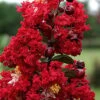

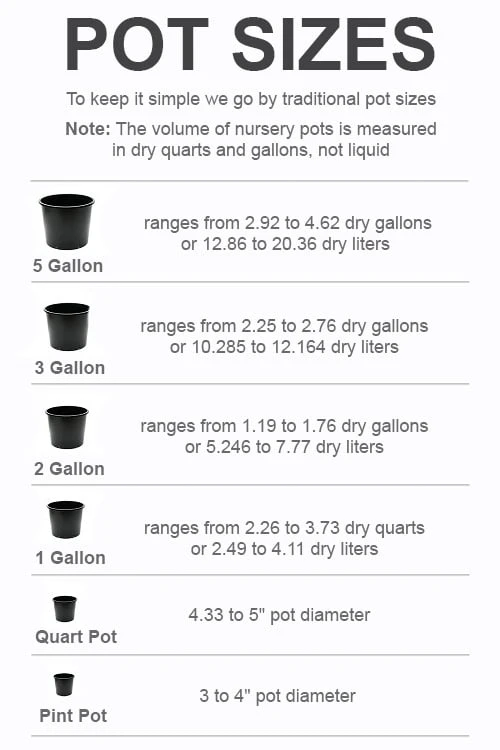
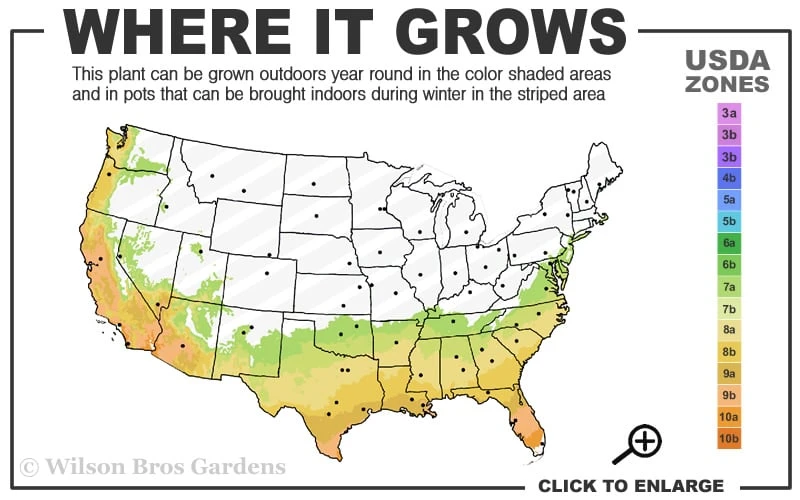
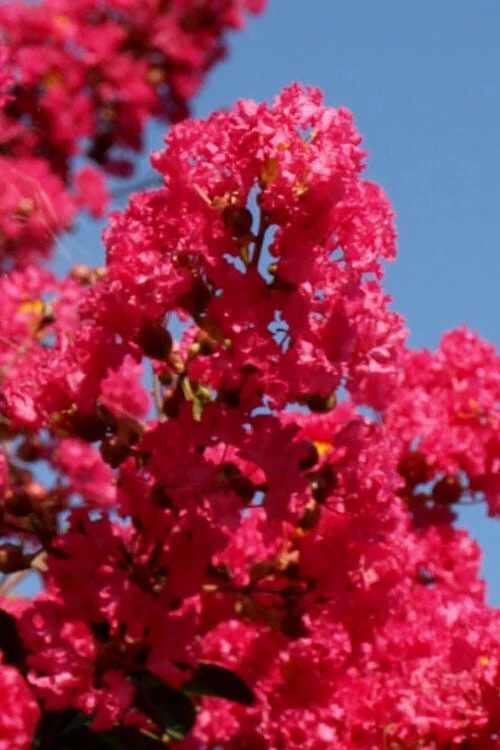


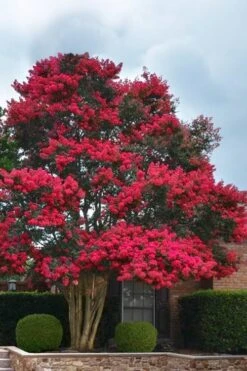
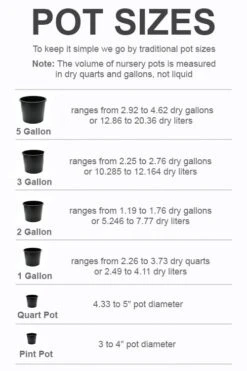
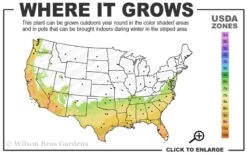
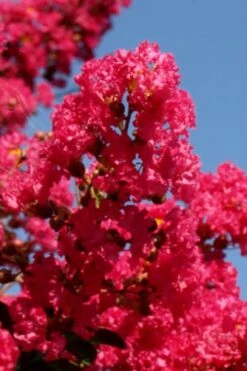
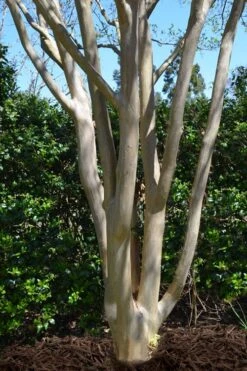

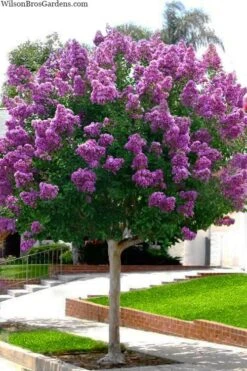



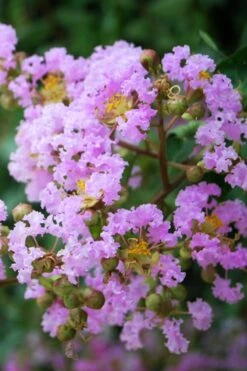


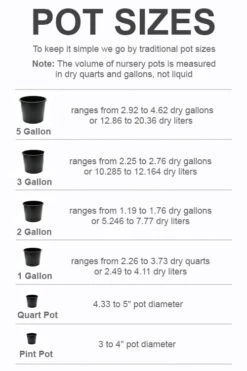
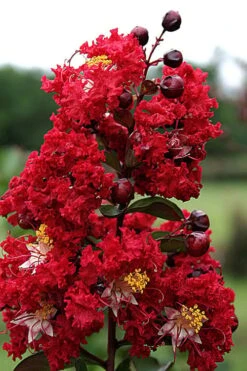


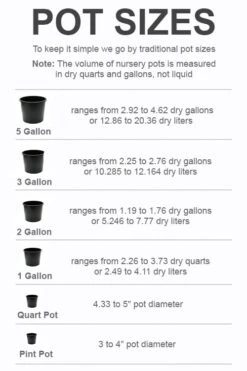
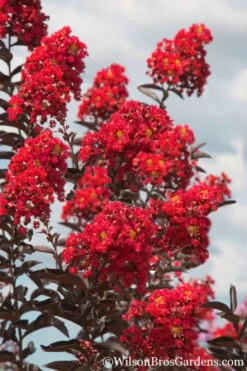

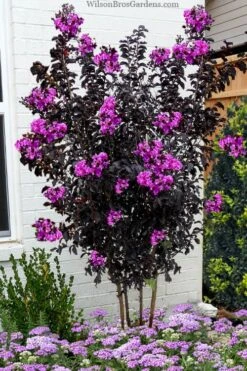
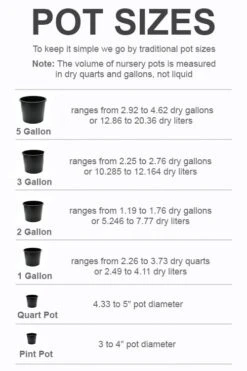
Reviews
There are no reviews yet.